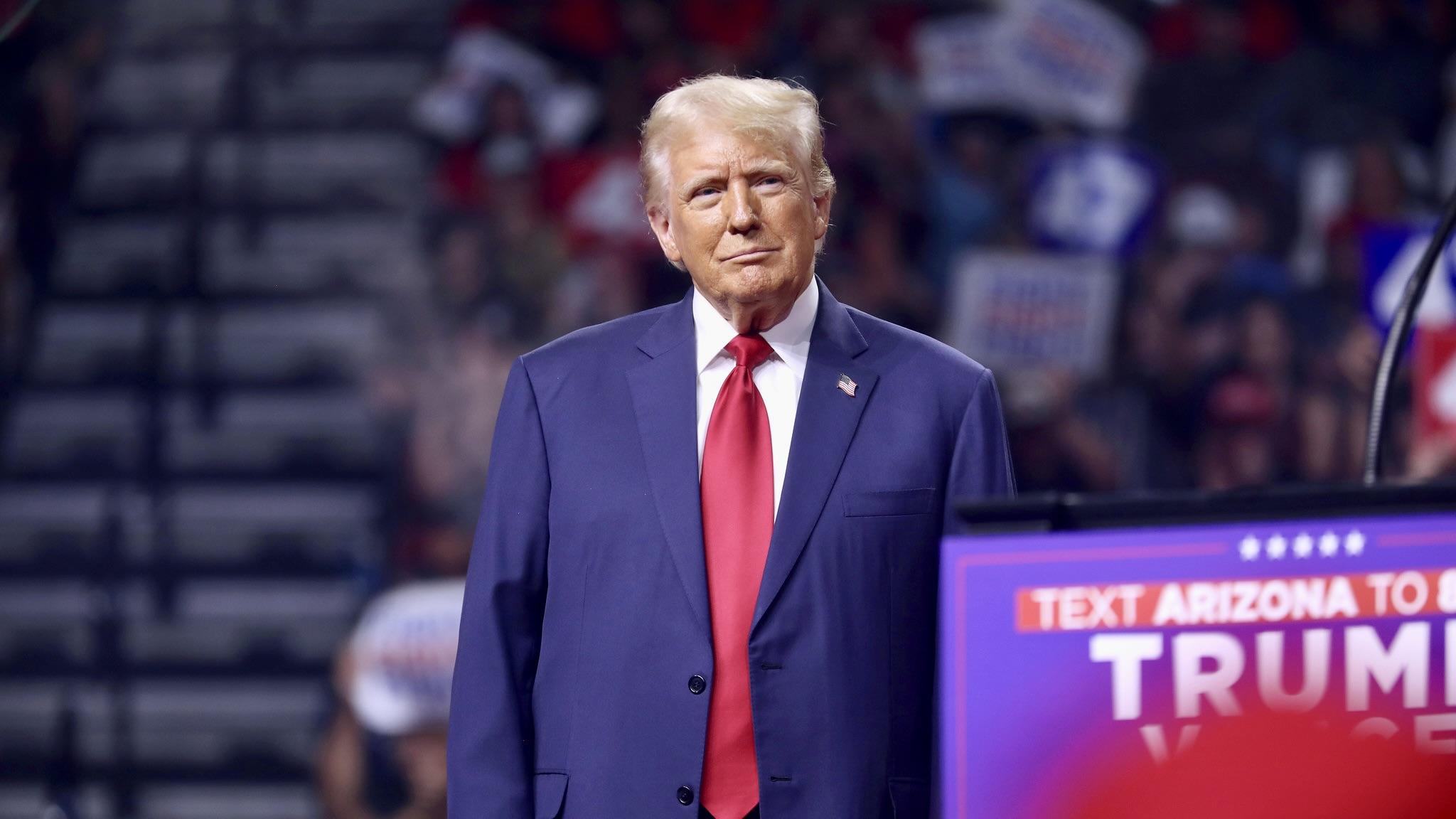President-elect Donald Trump’s transition team is prioritizing federal regulations for autonomous vehicles, potentially accelerating innovations like Tesla’s Cybercab. Sources reveal plans to establish a framework through the U.S. Department of Transportation, aiming to address scalability and safety challenges in the burgeoning sector.
Trump’s Transition Team Targets Autonomous Vehicle Framework
Over the weekend, a story surfaced claiming that President-elect Trump's transition team is planning to prioritize the development of a legislative framework for self-driving vehicles.
Bloomberg reported on Sunday that individuals familiar with the situation said that members of Trump's transition team are seeking to establish government regulations for the introduction of driverless vehicles. The announcement is timed to coincide with Elon Musk's official appointment as a co-leader of the Department of Government Efficiency (DOGE) under the Trump administration and with Tesla and other companies working on and launching autonomous vehicles.
According to the sources, the U.S. Department of Transportation would prioritize autonomy regulations following previous failed attempts to boost the number of permits available for self-driving vehicles. The Trump campaign is reportedly seeking out prominent policy figures to assist in the development of the rules, according to several anonymous sources familiar with the situation.
Federal Limits on Self-Driving Cars Face Challenges
Attempts to extend the allowed units to 100,000 have failed, but at present, the National Highway Traffic Safety Administration (NHTSA) allows manufacturers to deploy up to 2,500 self-driving vehicles per year under a given exception.
Even though self-driving cars like Tesla's newly introduced Cybercab, which don't have a steering wheel or accelerator pedals, can't be used on a large scale just yet, many believe that Trump may change that.
Owners of Tesla vehicles can take advantage of semi-autonomous driving with the purchase and use of the company's Supervised Full Self-Driving (FSD) system, but they must remain vigilant and ready to regain control of the vehicle at any time. Additionally, last month, Tesla revealed the Cybercab, a two-seater that will reportedly be built in 2026 and will be based on FSD.
Tesla’s Vision for Scalability Amid Competition
Even while Tesla isn't running a paid ride-hailing service just yet, the business has hinted to an FSD-based app in the past, Teslarati shares. Waymo, which is owned by Alphabet, is one example of a startup aiming toward this model. The training of an artificial intelligence neural network using millions of clips of real-time driving footage from FSD Supervised customers is one reason why many in the Tesla community believe FSD will be more scalable than its competitors.
Many other firms have also tried and failed to launch driverless ride-hailing services; they include Zoox, which is owned by Amazon, Cruise, which is managed by General Motors (GM), and many more.
Although self-driving services have begun limited deployment in a few places, including California, regulators and authorities have criticized the technology after a number of accidents and traffic offenses.
How a Federal Framework Could Reshape the Industry
However, the national landscape of autonomous vehicles may be shaped by the establishment of a federal framework. This development is likely to favor Musk and Tesla, particularly considering the CEO's tight relationship with Trump.



 MetaX IPO Soars as China’s AI Chip Stocks Ignite Investor Frenzy
MetaX IPO Soars as China’s AI Chip Stocks Ignite Investor Frenzy  Venezuela Seeks UN Security Council Meeting Over U.S. Oil Tanker Blockade
Venezuela Seeks UN Security Council Meeting Over U.S. Oil Tanker Blockade  Apple Opens iPhone to Alternative App Stores in Japan Under New Competition Law
Apple Opens iPhone to Alternative App Stores in Japan Under New Competition Law  Trump Attends Dover Ceremony Honoring U.S. Personnel Killed in Syria
Trump Attends Dover Ceremony Honoring U.S. Personnel Killed in Syria  Korea Zinc to Build $7.4 Billion Critical Minerals Refinery in Tennessee With U.S. Government Backing
Korea Zinc to Build $7.4 Billion Critical Minerals Refinery in Tennessee With U.S. Government Backing  Pakistan’s Army Chief Faces Gaza Troop Dilemma Amid US Pressure
Pakistan’s Army Chief Faces Gaza Troop Dilemma Amid US Pressure  Australia’s Under-16 Social Media Ban Sparks Global Debate and Early Challenges
Australia’s Under-16 Social Media Ban Sparks Global Debate and Early Challenges  FAA Unveils Flight Plan 2026 to Strengthen Aviation Safety and Workforce Development
FAA Unveils Flight Plan 2026 to Strengthen Aviation Safety and Workforce Development  SpaceX Begins IPO Preparations as Wall Street Banks Line Up for Advisory Roles
SpaceX Begins IPO Preparations as Wall Street Banks Line Up for Advisory Roles  EU Signals Major Shift on 2035 Combustion Engine Ban Amid Auto Industry Pressure
EU Signals Major Shift on 2035 Combustion Engine Ban Amid Auto Industry Pressure  iRobot Files for Chapter 11 Bankruptcy Amid Rising Competition and Tariff Pressures
iRobot Files for Chapter 11 Bankruptcy Amid Rising Competition and Tariff Pressures  Delta Air Lines President Glen Hauenstein to Retire, Leaving Legacy of Premium Strategy
Delta Air Lines President Glen Hauenstein to Retire, Leaving Legacy of Premium Strategy  OpenAI Explores Massive Funding Round at $750 Billion Valuation
OpenAI Explores Massive Funding Round at $750 Billion Valuation  Oracle Stock Slides After Blue Owl Exit Report, Company Says Michigan Data Center Talks Remain on Track
Oracle Stock Slides After Blue Owl Exit Report, Company Says Michigan Data Center Talks Remain on Track  Trump Sues BBC for Defamation Over Edited Capitol Riot Speech Clip
Trump Sues BBC for Defamation Over Edited Capitol Riot Speech Clip  Mizuho Raises Broadcom Price Target to $450 on Surging AI Chip Demand
Mizuho Raises Broadcom Price Target to $450 on Surging AI Chip Demand 































